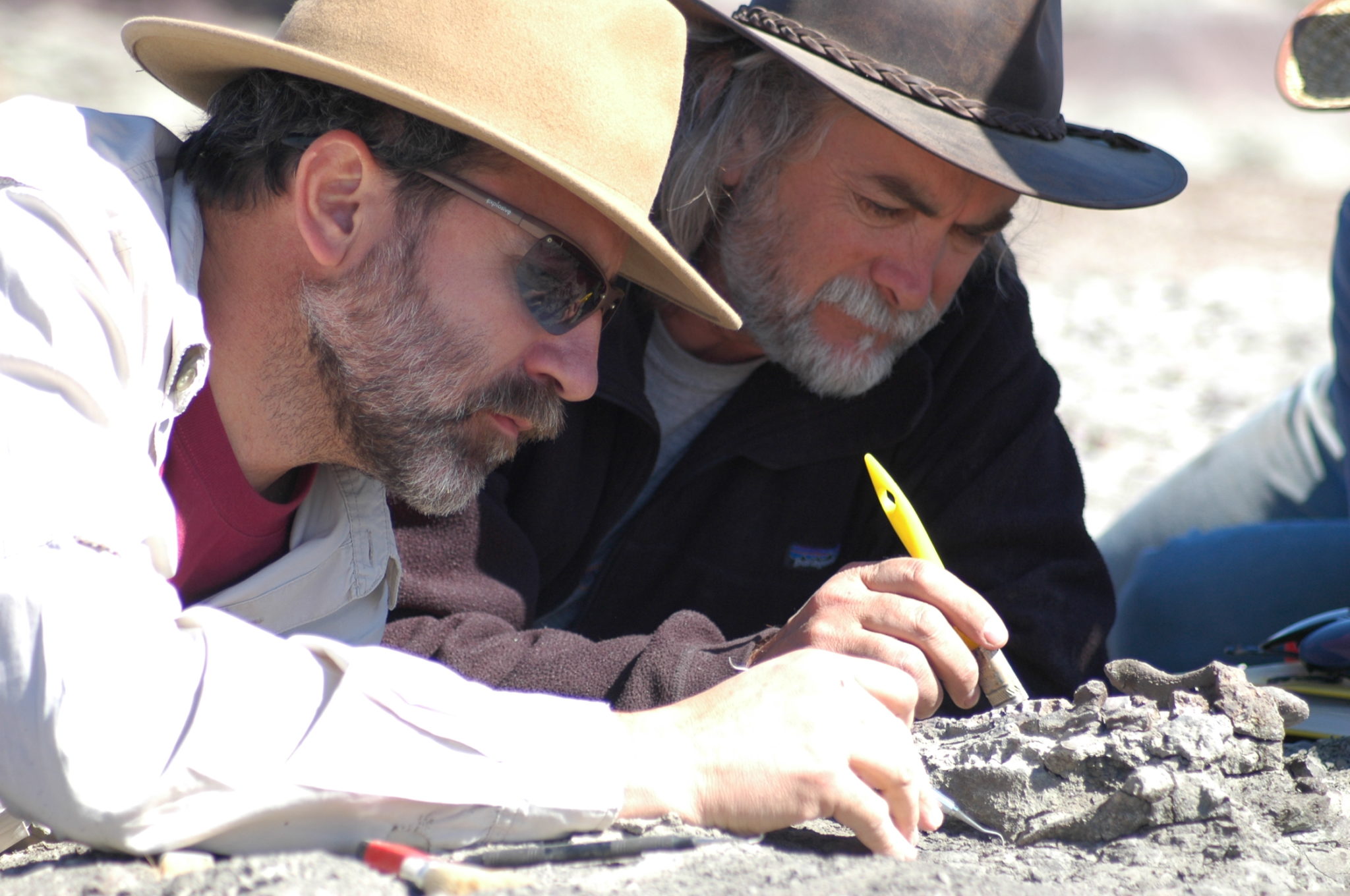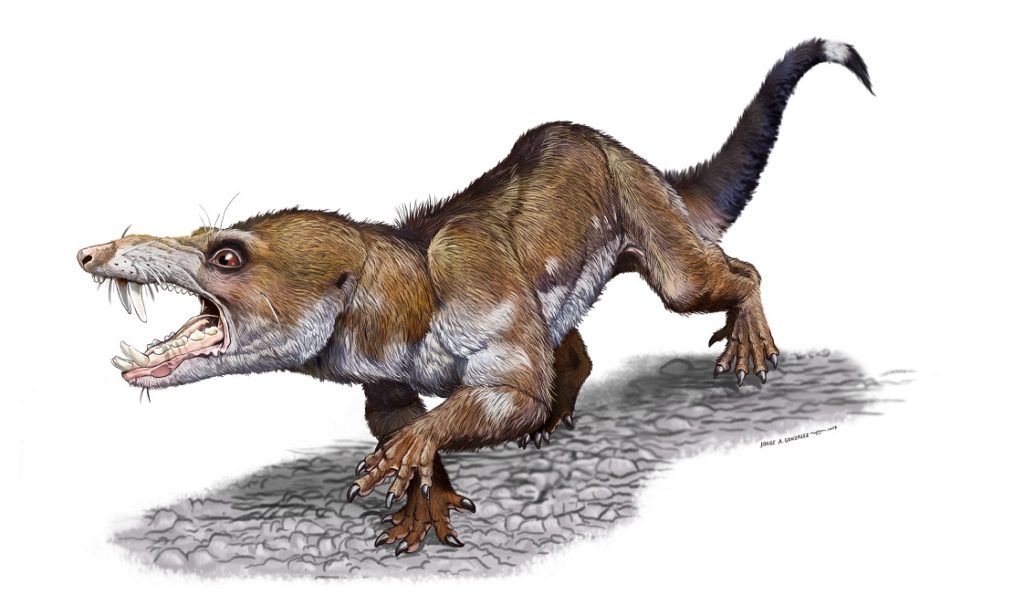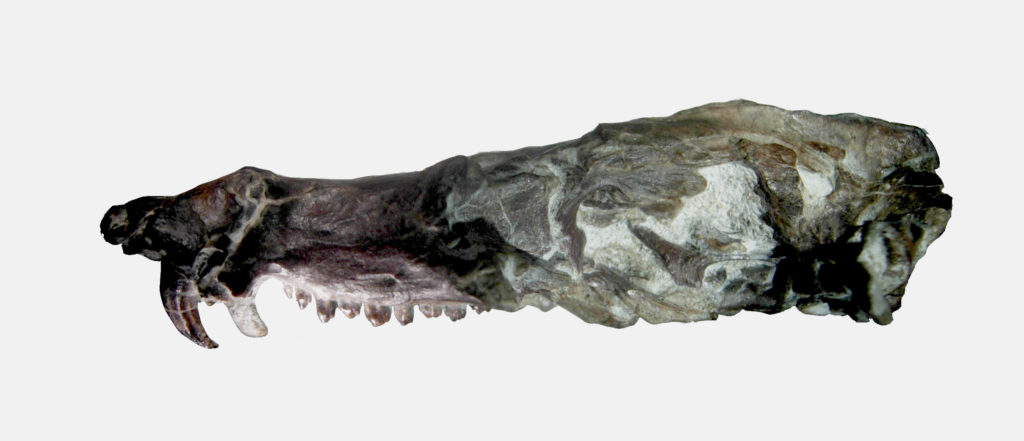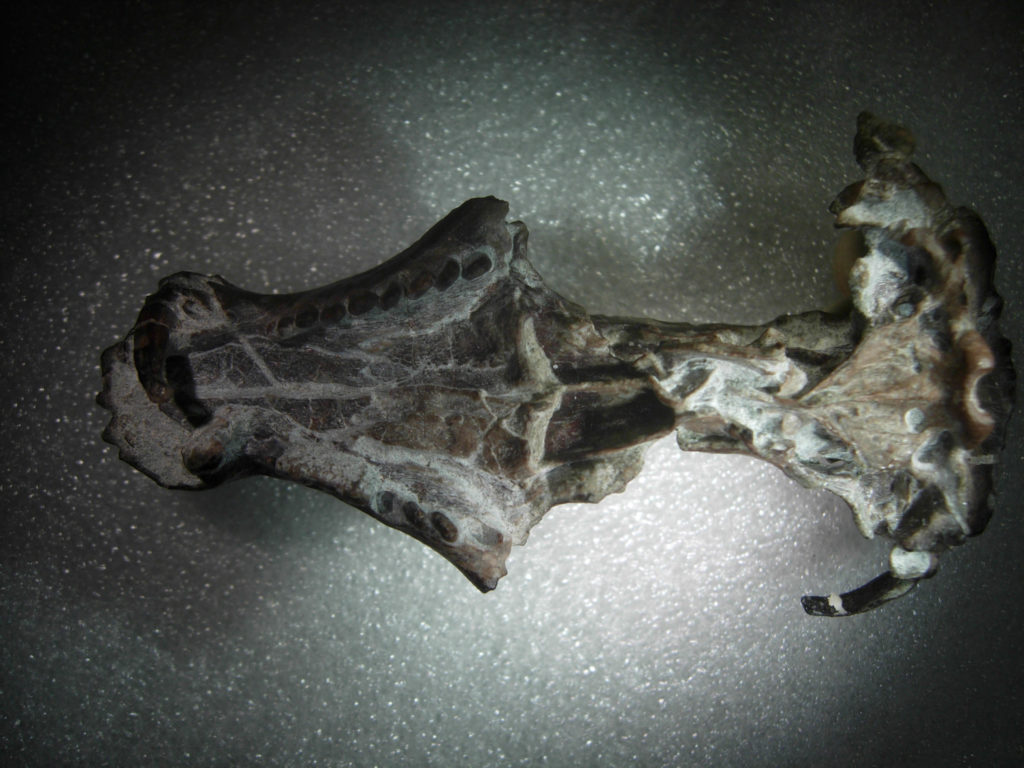Paleontologists Find 231 Million Years Old ‘Scrat,’ A Saber-Toothed Triassic Squirrel

Paleontologists have recently discovered the remains of an animal that lived 230 million years ago, and it looks a lot like Scrat, the squirrel from the Ice Age movies. It is the first such specimen ever uncovered, so they had to name it, finally choosing Pseudotherium argentines (false Theria from Argentina).
The skull was discovered by paleontologists led by Dr. Ricardo Martínez, a researcher at the Institute and Museum of Natural Sciences of the University of San Juan (IMCN). He found it at the famous Ischigualasto site (San Juan province of northwestern Argentina). He noted that the appearance of the mammal was indeed very similar to Scrat:
“The new species has a very long, flat, and shallow snout, and its very long fangs located almost at the tip of the snout, so the resemblance [to Scrat] is tremendous. […] At some point, I thought of calling it Scrat.”
Together with Rachel Wallace and Timothy Rowe (Jackson School of Geosciences, University of Texas, Martinez studied the skull of the mammaliamorph (a relative to mammals) and published their paper in Plos One.
The Triassic ‘Scrat’ was found next to the remains of Panphagia protos, one of the oldest dinosaurs known – which was related to long-neck dinosaurs (sauropodomorphs). Martinez didn’t just discover two different species in one place, but three – the third was the femur of the first and single lagerpetid dinosaur relative found at the site.
The study provides some details about the Pseudotherium. It lived in a warmer environment than the one today. It was around 25 cm long and fed on small animals and insects, but definitely not on acorns.
As for the long fangs, Martinez theorizes that they were either used as a way to attract females, if this was a male’s skull, or as a way to nail and trap its prey. The problem with learning more about this animal is that there’s only one specimen available for study:
“If there were many individuals to analyze, one could see if there is variability and could think that males and females had different lengths of fangs”.
Two ‘Scrats’ From Two Completely Different Eras
Years later, researchers Guillermo Rougier, Sebastián Apesteguía and Leandro Gaetano discovered the remains of an animal similar to the one unearthed by Martinez. Cronopio was found in La Buitrera, a site in Río Negro.
This time, it measured around 10-15 cm and it was named Cronopio dentiacus. However, researchers’ analysis showed that while Pseudotherium argentinus, is 231 million years old, Cronopio was 95 million of years.
Dr. Ricardo Martínez concluded that studying the two specimens is as if they were “rebuilding Scrat’s phylogenetic ties.”



0 comments